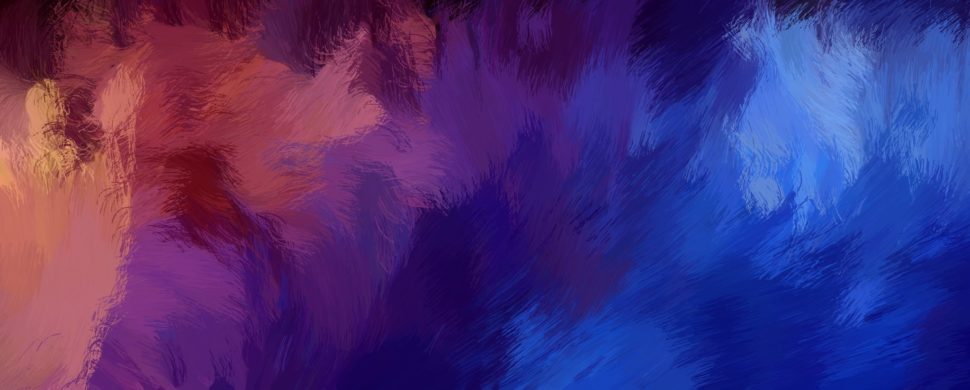The intersection of art and neurological research has really taken a turn since VR technology has enabled neural entraining experiences to be combined with sensory deprivation.
It is no secret that scientists are exploring alternative solutions to biological issues using new-age technologies. It is also widely accepted that art can have distinct effects on the brain. We don’t have to wait until 2020 to see the intersection of these two concepts. This kind of neural research is happening right now.
So what happens to your brain while it explores VR art experiences?
Kevin Mack's Zen Parade VR video has been used as a hypnoanalgesic in awake brain surgeryClick To Tweet
VR as More Than a Visual Experience
Visual effects and graphic artist Kevin Mack is what you might call an “early adopter”. Not only was he one of the first artists to exploit 3D printing, his work on What Dreams May Come won him an Academy Award.
His work has since exemplified VR graphic art with projects like Blortasia, which some people see as a truly meditative, therapeutic experience.
In the game, the user experiences an array of colors and ever-changing patterns in a series of tunnels. The topography remains the same, but the game mimics a psychedelic or transcendental experience. As a result of this, the brain engages in a kind of “neural entertainment”.
In fact, Mack argues that the structures and objects in these experiences speak to the neural structures in our brain. The experience elicits familiarity in our right brains, and the sensation is so strong that our left brains take a back seat.
But it isn’t just an immersive experience.
By the way, if you don’t already listen to the Voices of VR podcast, check it out here. It goes much deeper into considering the implications of Mack’s work, even comparing it to some of Immanuel Kant’s theories.
VR as a Therapy Tool and Research Resource

Music, video games, and even fidget spinners are all considered alternative therapy methods. Due to the interactive nature of VR, virtual reality video games like Blortasia are a natural fit.
Mack collaborated with neuroscientists for his project Zen Parade. More than just the latest release from ShapeSpaceVR, this project has relaxation capabilities and research applications. We tried it, and we were shocked to experience the “therapuetic” and “exciting” effects that Mack says many people have.
In Zen Parade, there is no objective or control. Instead, the user explores a landscape of constantly changing sculptures, as well as 360-degree yet still artworks.
Interacting with your surroundings (coupled with specific music) enables something called pareidolia. This is essentially when the brain perceives patterns that don’t exist. Think of the “Man in the Moon” or “Grilled Cheesus”.
But Mack and his cohorts actually had another purpose behind the experience: mapping brain activity. The game serves as a hypoalgesic or hypnoanalgesic which dulls sensitivity to pain-inducing stimuli. However, it also suppresses processes of the left brain in order for scientists to better map right brain processes.
Distraction Therapy, Pain Management, & Brain Mapping
Not only does Mack’s work contain distraction therapy uses, it aims to help us gain insight into why we think, act, and feel the ways we do. Though ShapeSpaceVR aims to replicate transcendental experiences, combining Zen Parade with psychedelics might provide a more immersive experience.
A lot of people already pair VR experiences with psychedelic drugs. If you want to learn more about these so-called “Psychonauts”, read this article.
While Mack wants to further experiment with neural networks embedded in his art, others are pursuing more research using VR tech. Beyond right and left brain process interaction, we can use VR to understand social aspects of the brain, too.
And don’t forget about these cute mice from 2015. This experiment conducted by HHMI Janelia Research Campus in Virginia also utilized tunnels just like Blortasia does.



















Interesting article. And when VR will be paired with BCI, things will become even more interesting…